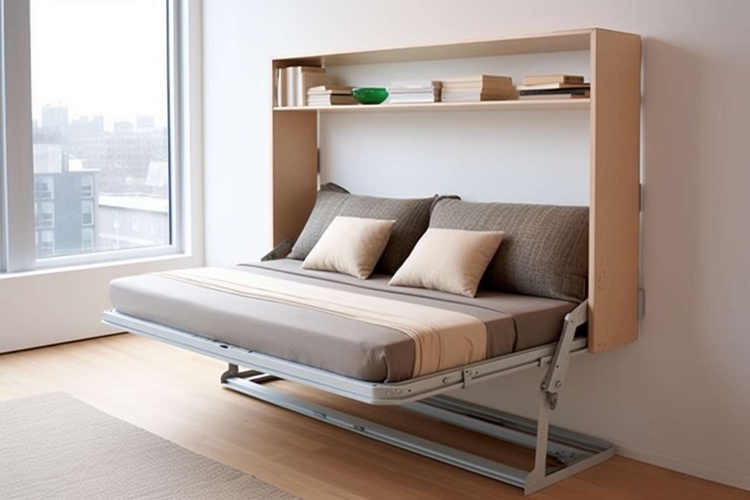Title: Microunit Developments: The Next Big Thing in Urban Housing
Microunit developments are revolutionizing urban living spaces, offering a fresh solution to the housing crunch in major cities. These compact, efficiently designed apartments typically range from 200 to 400 square feet, challenging traditional notions of comfortable living spaces. As urban populations continue to grow and housing affordability remains a pressing issue, microunits are emerging as an innovative response to changing lifestyle preferences and economic realities.

The appeal of microunits lies in their ability to provide affordable housing options in prime urban locations. By maximizing efficiency in design and minimizing square footage, developers can offer lower rents while still maintaining profitability. This makes microunits particularly attractive to young professionals, students, and single adults who prioritize location over space and are willing to embrace a minimalist lifestyle.
Innovative Design Solutions
Creating livable spaces within such limited square footage requires innovative design approaches. Architects and interior designers specializing in microunits employ a range of clever solutions to maximize functionality and create the illusion of spaciousness. Multi-purpose furniture, such as Murphy beds that fold into walls or dining tables that convert into workspaces, is a common feature in microunit designs.
Vertical space is utilized to its fullest potential, with loft beds, high ceilings, and built-in storage solutions. Large windows and strategic lighting placement help create a sense of openness, while carefully chosen color schemes and materials contribute to a cohesive and uncluttered aesthetic. Some microunit developments also incorporate shared amenities like communal lounges, kitchens, and workspaces to compensate for the limited private space.
Economic and Environmental Benefits
From an economic perspective, microunit developments offer several advantages. For renters, they provide an opportunity to live in desirable urban locations at a fraction of the cost of traditional apartments. This can be particularly beneficial for those just starting their careers or looking to save money for future investments.
For developers and property owners, microunits can yield higher returns per square foot compared to conventional apartments. The increased density allows for more units within a given building footprint, potentially leading to greater overall rental income. Additionally, the smaller size of individual units can result in lower construction and maintenance costs.
Environmentally, microunits align with sustainable urban development goals. Their compact size naturally leads to reduced energy consumption for heating, cooling, and lighting. The central urban locations of many microunit developments also encourage the use of public transportation, walking, and cycling, potentially reducing residents carbon footprints.
Challenges and Criticisms
Despite their growing popularity, microunit developments face several challenges and criticisms. One primary concern is the potential for overcrowding and the impact on urban infrastructure. Critics argue that increasing population density without corresponding improvements in public services and transportation can lead to strain on city resources.
There are also concerns about the long-term livability of such small spaces. While microunits may be suitable for short-term living or as a stepping stone for young professionals, they may not be practical for families or those looking to settle down long-term. Some worry that the proliferation of microunits could lead to a transient urban population and negatively impact community cohesion.
Regulatory hurdles present another challenge. Many cities have minimum square footage requirements for residential units, which microunits often fail to meet. Zoning laws and building codes may need to be updated to accommodate this new housing type, a process that can be slow and contentious.
The Future of Urban Housing
As urban populations continue to grow and housing affordability remains a pressing issue, microunit developments are likely to play an increasingly important role in the real estate landscape. Their ability to provide affordable housing options in prime locations makes them an attractive solution for both developers and residents.
Looking ahead, we can expect to see further innovations in microunit design and technology. Smart home features that enhance functionality and comfort within limited space are likely to become more prevalent. Additionally, the concept of flexible, modular units that can be combined or separated as needs change could address some of the concerns about long-term livability.
The success of microunit developments will largely depend on finding the right balance between density and quality of life. As cities grapple with housing shortages and affordability issues, microunits offer a promising avenue for creating diverse, vibrant urban communities that cater to a range of lifestyles and income levels. While they may not be a one-size-fits-all solution, microunits represent an important evolution in urban housing, challenging traditional notions of space and offering new possibilities for sustainable, affordable city living.





